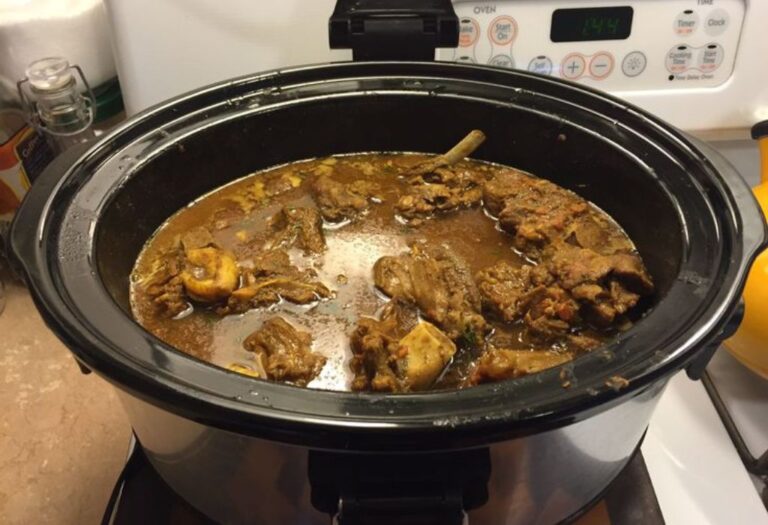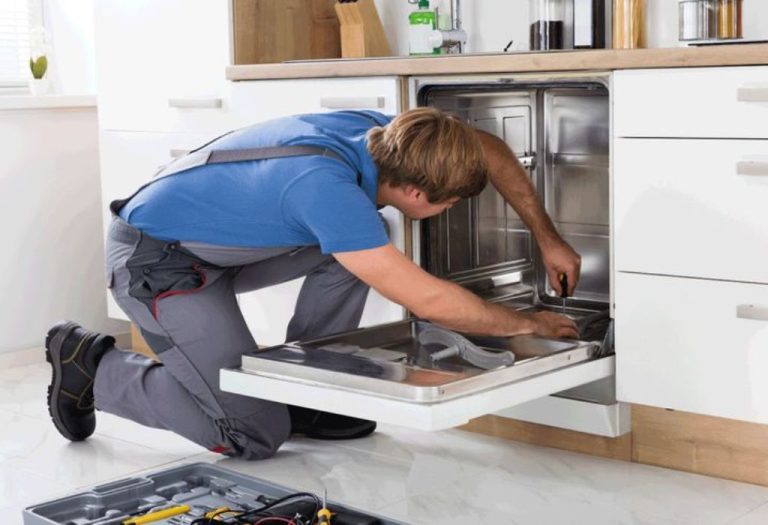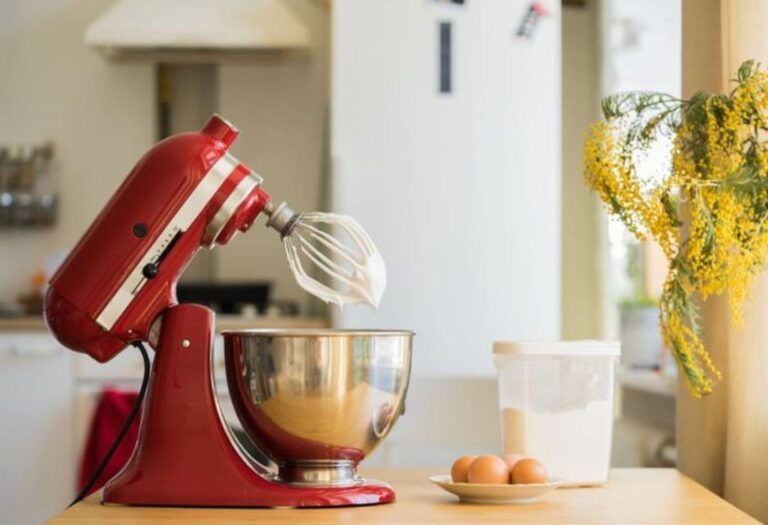Enamel cookware has long been prized for its vibrant colors and non-reactive cooking surface. Yet many home cooks question whether these beautiful pots and pans hide a potential risk: lead in the enamel coating.
The concern is not unfounded. According to the Centers for Disease Control and Prevention, even small amounts of lead exposure can be harmful over time, especially for children and pregnant women. Cookware that leaches toxins into food could contribute to this problem if it fails to meet modern safety standards.
Curiosity grows as buyers compare vintage enamel cookware, often decades old, with the glossy new versions lining store shelves today. Modern brands advertise terms like lead-free and food-safe, but many consumers remain unsure whether these claims guarantee complete safety in the kitchen.
At the same time, the global cookware market is booming, projected to surpass $30 billion by 2030 (Statista). This growth includes a rising demand for “non-toxic” and eco-friendly cookware options, adding urgency to the question of whether enamel coatings meet today’s health expectations.
Does Enamel Cookware Contain Lead? Quick Answer
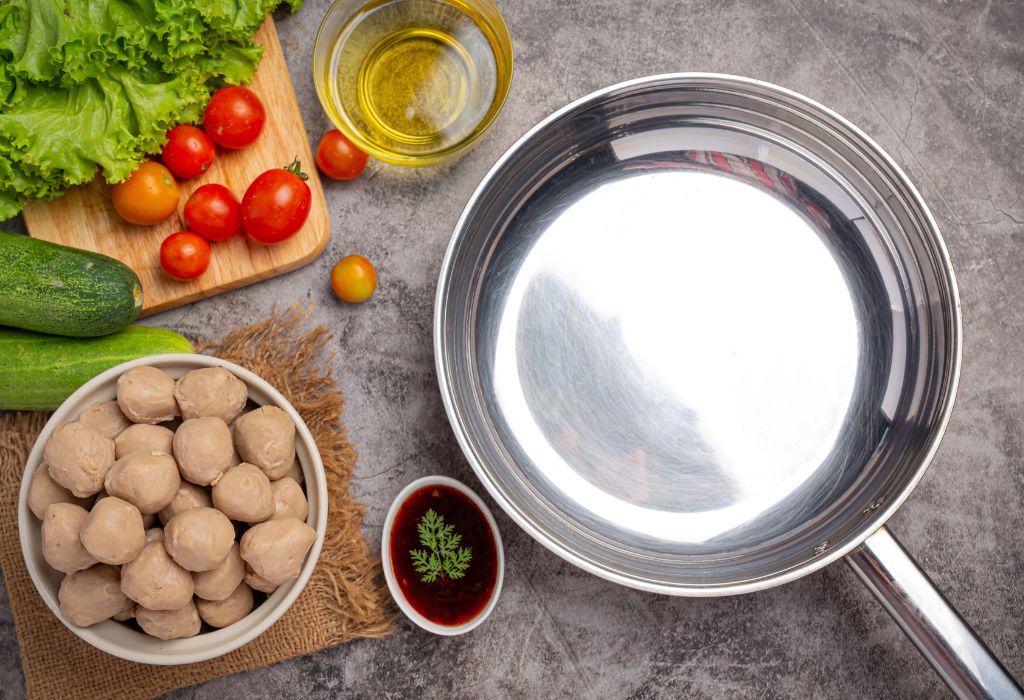
Modern enamel cookware is generally lead-free when manufactured under current safety regulations. Reputable brands follow strict standards set by organizations like the U.S. Food and Drug Administration (FDA) and ISO 4531 for food-contact materials to ensure coatings meet safety requirements.
Lead risks mainly arise in vintage cookware produced before these standards were implemented or in low-quality imports that lack certification. Older pieces sometimes used lead or cadmium pigments in colored glazes, especially on the interior surface of pots and pans.
Today, most enamel cookware sold in North America and Europe is tested to meet lead-free and cadmium-free guidelines, making it safe for everyday cooking when used properly and kept in good condition.
Does enamel cookware contain lead by default?
No. Modern enamel cookware rarely contains lead when made by reputable brands.
Why do vintage pieces pose lead risks?
Older products sometimes used lead-based pigments before regulations became strict.
Are all enamel coatings the same?
No. Quality varies by brand, materials, and manufacturing standards.
Is lead found in the enamel layer or metal base?
Lead, if present, comes from pigments in the enamel coating, not the metal base.
Can brands claim “lead-free” without testing?
In some regions, claims must meet FDA or ISO testing standards to be valid.
How Enamel Cookware Is Made
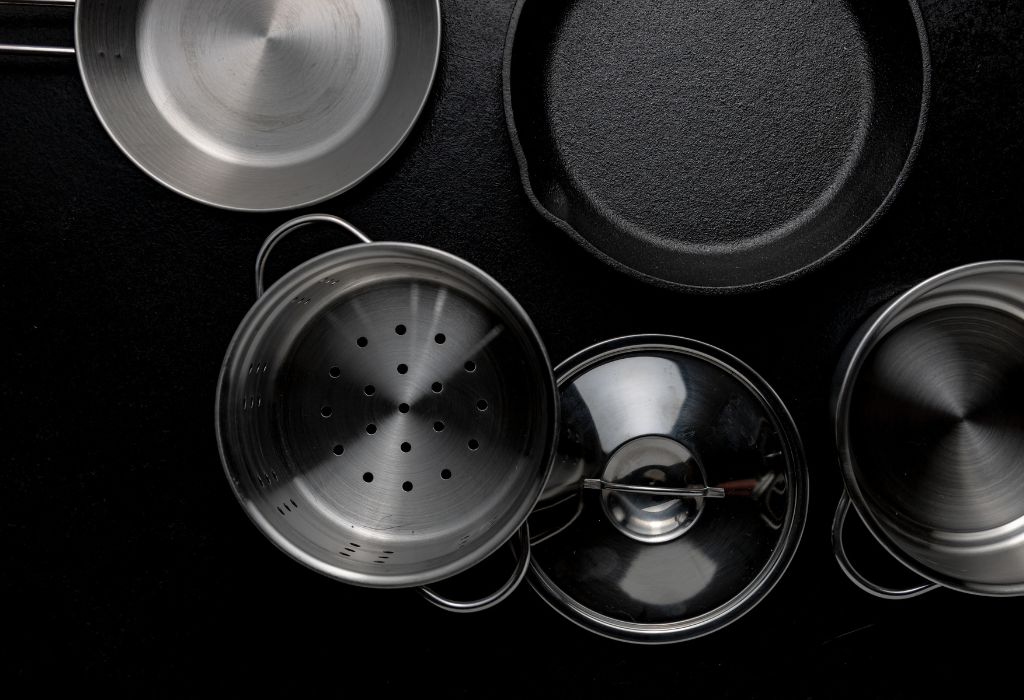
Enamel cookware is created by fusing powdered glass onto a metal base such as cast iron or steel at extremely high temperatures. This process forms a smooth, durable, and non-reactive surface that resists rust and does not interact with food.
Unlike traditional nonstick cookware that relies on synthetic coatings, enamel uses glass-based layers. When heated, the glass melts and bonds permanently to the metal surface, creating a protective barrier that does not require additional chemicals like PFAS or PFOA.
The safety of enamel coatings depends on the raw materials used. Modern products from reputable brands comply with FDA and ISO 4531 standards to ensure that pigments and additives meet strict limits for heavy metals, including lead and cadmium.
What materials form the enamel coating?
Powdered glass mixed with mineral pigments that are fused to metal at high heat.
Is enamel naturally lead-free?
Yes, when pigments and additives meet modern safety regulations.
Does the color affect safety?
Not if the enamel is certified lead- and cadmium-free under FDA or ISO standards.
Can enamel coatings wear out over time?
Yes, chipping or cracking can expose the metal base, though it does not release lead if certified safe.
Why is enamel popular for cookware?
It combines durability, heat retention, and a non-reactive surface suitable for many cooking methods.
Risks Linked to Vintage or Low-Quality Enamel Cookware
Vintage enamel cookware, especially pieces made before the 1970s, may pose risks because older manufacturing processes often lacked strict regulations. Some glazes used in those decades contained lead or cadmium pigments, which can leach into food if the enamel becomes worn or damaged.
Low-quality imports without clear FDA or ISO 4531 certifications may also fail to meet modern safety standards. These products sometimes use cheaper materials or outdated glazing methods, increasing the potential for unsafe heavy metal levels.
Chipping, cracking, or prolonged cooking with acidic ingredients can worsen the problem by exposing the enamel’s inner layers or the metal core beneath. If the enamel contains lead-based pigments, this damage raises contamination risks.
Should you use vintage enamel cookware?
Only if testing confirms it is lead- and cadmium-free.
Do all older enamel products contain lead?
Not all, but many lacked the safety oversight in place today.
Can chipped enamel cookware release toxins?
Yes, if older pigments contained heavy metals like lead or cadmium.
Are cheap enamel imports riskier?
Often, because some lack proper testing or safety certifications.
How can you test for lead at home?
Use lead test kits or send samples to certified laboratories for accurate results.
Modern Safety Standards for Enamel Cookware
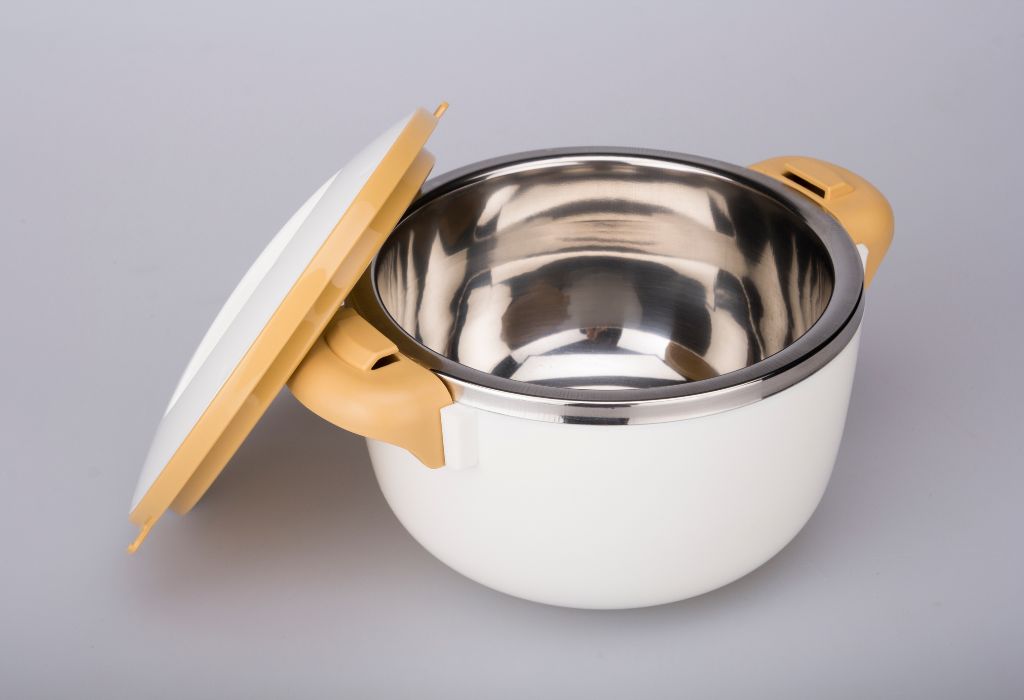
Modern enamel cookware must comply with strict international safety regulations to ensure it is safe for everyday cooking. In the United States, the FDA sets limits for heavy metal migration, including lead and cadmium, in food-contact surfaces.
Globally, the ISO 4531 standard defines maximum allowable levels of lead and cadmium release from ceramic and enamel materials. In California, Proposition 65 requires warnings on products exceeding specific lead limits, encouraging manufacturers to meet even tighter safety margins.
Most reputable brands test enamel cookware through independent laboratories and disclose certifications on product pages. This ensures consumers can confidently choose cookware labeled as lead-free or cadmium-free under current safety laws.
Does FDA regulate enamel cookware safety?
Yes, the FDA sets strict limits for heavy metal migration in food-contact coatings.
What is ISO 4531 certification?
It is an international standard for lead and cadmium limits in enamel and ceramic cookware.
Does California Proposition 65 affect cookware labeling?
Yes, it requires warnings if lead levels exceed state safety thresholds.
Do European regulations differ from U.S. standards?
Yes, some EU countries impose even stricter limits on heavy metals in cookware.
Do reputable brands provide test results?
Many leading brands publish third-party safety certifications on their websites.
How to Choose Lead-Free Enamel Cookware
Selecting safe enamel cookware starts with checking product labels for terms like “lead-free,” “cadmium-free,” and “FDA-approved.” These claims indicate the cookware has passed strict safety tests and complies with regulations such as ISO 4531 and California Proposition 65.
Buy from reputable brands known for transparent manufacturing practices and independent lab testing. Leading manufacturers often publish their safety certifications online so consumers can verify product compliance before purchase.
When shopping online, review product specifications carefully. If information about heavy metal testing or certifications is missing, it may be safer to choose a different brand or request documentation directly from the seller.
How can I confirm cookware is lead-free?
Look for FDA, ISO 4531, or Prop 65 compliance labels on the product or website.
Do premium brands offer safer enamel cookware?
Yes, higher-end brands usually follow strict manufacturing standards and testing protocols.
Are handmade enamel products automatically safe?
Not necessarily. Always verify safety certifications regardless of production method.
Does price guarantee safety?
Not always, but very low-cost products may lack proper testing and certification.
Should I avoid imported enamel cookware?
No, but confirm it meets U.S. or EU safety regulations before buying.
Care Tips for Enamel Cookware Safety
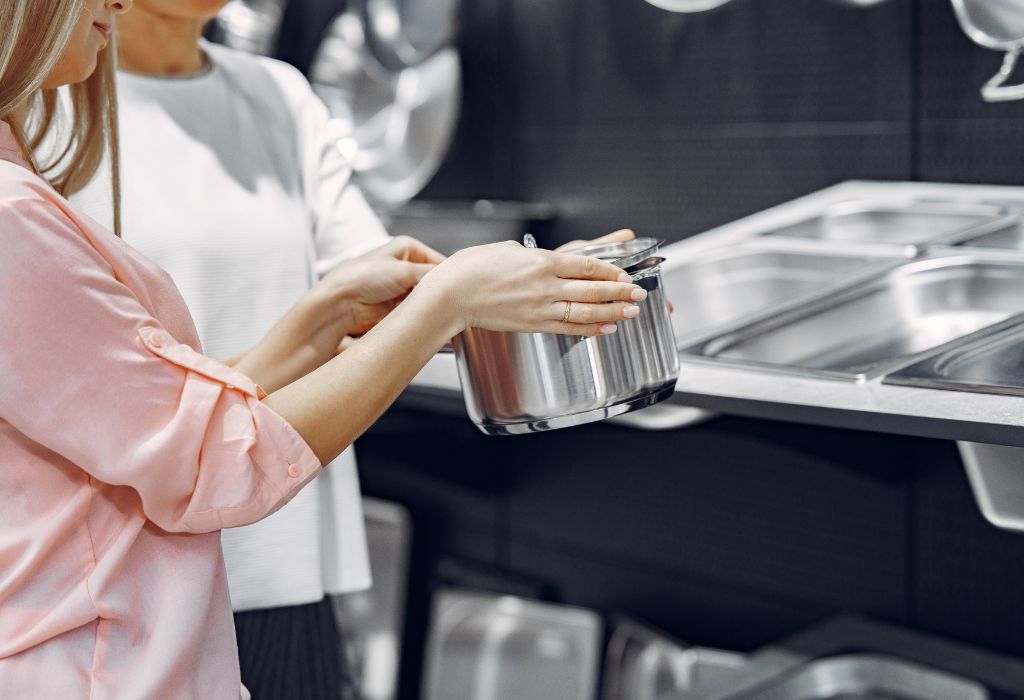
Proper care keeps enamel cookware safe and extends its lifespan. Always avoid sudden temperature changes because extreme heat or cold can cause the enamel to crack or chip.
Use wooden, silicone, or plastic utensils instead of metal to protect the coating from scratches. Many brands label their cookware as dishwasher-safe, but handwashing with mild detergent helps preserve the glossy surface longer.
Inspect enamel cookware regularly for chips or cracks. If damage exposes the metal base, consider replacing the item, especially if it is an older piece without clear safety certifications.
Is dishwasher use safe for enamel cookware?
Yes, but handwashing is recommended to maintain the coating’s durability.
What should I do if enamel chips?
Stop using it for acidic foods, as acids can react with the exposed metal.
Can enamel cookware handle high heat?
Yes, but preheat gradually to prevent thermal shock.
Are metal utensils safe for enamel cookware?
No, they can scratch or chip the coating over time.
Does enamel cookware need seasoning like cast iron?
No, enamel coatings are non-reactive and do not require seasoning.
Conclusion – Does Enamel Cookware Contain Lead?
Modern enamel cookware from reputable brands rarely contains lead when it meets FDA, ISO 4531, or California Proposition 65 safety standards. The primary risks come from vintage pieces produced before strict regulations or low-quality imports lacking proper testing and certifications.
For peace of mind, always check for labels such as “lead-free,” “cadmium-free,” and “food-safe certified.” Combine this with proper care practices—like handwashing, avoiding metal utensils, and inspecting for chips—to maintain both safety and durability.
By choosing certified products and following maintenance guidelines, families can safely enjoy the beauty, performance, and longevity of enamel cookware without worrying about lead exposure.
I’m Emma J. Caldwell, the founder, lead writer, and home-cooking enthusiast behind KitchenGuideCo.com. With a background in culinary arts and over a decade of cooking experience in both professional and personal kitchens, I created this platform to demystify recipes, offer smart kitchen gadget reviews, and guide readers through meal prep with confidence and clarity.



